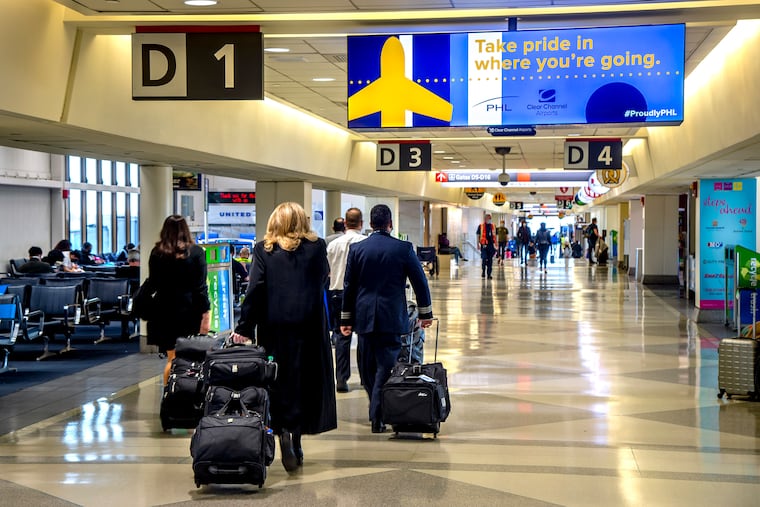CEOs of Heathrow and Philadelphia International Airport urge officials to allow more U.S.-U.K. travel
Heathrow was PHL’s busiest transatlantic route in 2019, and the airports are working together on COVID-19 recovery efforts.

Heathrow was PHL’s busiest transatlantic route in 2019, and the airports are working together on COVID-19 recovery efforts.
